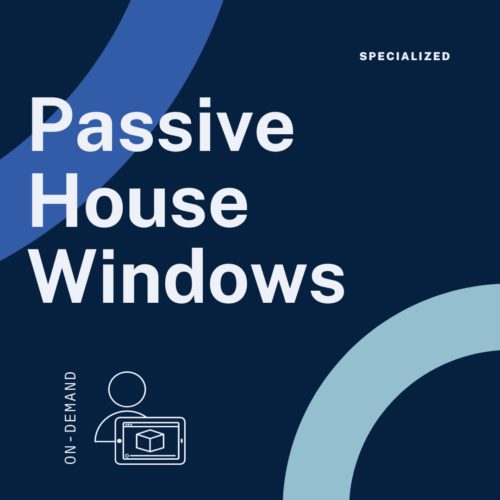Description
The Passive House Institute developed EnerPHit certification standards to accommodate the realities of existing old buildings, where foundations, party lines, historic preservation, cost, and other factors make a typical Passive House certification impractical. This course looks at the criteria, the pathways, and the potential exemptions that drive EnerPHit performance to deliver the health, efficiency, and resilience results we expect from Passive House. Through case studies of successful retrofits, see how to upgrade a building with respect to airtightness, insulation, thermal bridge reductions, high-performance windows, and ventilation.
The Modules Include
- Introduction to Passive House Retrofits
- The Two Methods: Common Aspects
- The Two Methods: Unique Aspects
- Exemptions
- Step-by-Step EnerPHit
- Pilot Programs
- Case Studies
- Next Steps
Learning Objectives:
- Outline reasons why the EnerPHit standard was developed and implemented to ensure Passive House health, efficiency, and resilience outcomes are achievable.
- Describe the two EnerPHit certification methods, the criteria differences and similarities, and how these both accommodate high-performance outcomes.
- Outline the roles of comfort criteria ventilation requirements in driving design optimization.
- Describe exemptions that may be utilized when issues of existing/historic buildings don’t allow standard resolution.
- Outline the EnerPHit Retrofit Plan program and approach for long-term step-by-step Passive House renovation approach
- Describe EnerPHit pilot programs OutPHit and apartment renovation certifications.
- Outline real-world EnerPHit solutions from case studies of masonry and wood frame buildings.
After completing the modules and quizzes you will be issued a Certificate of Attendance for CEU credits.






